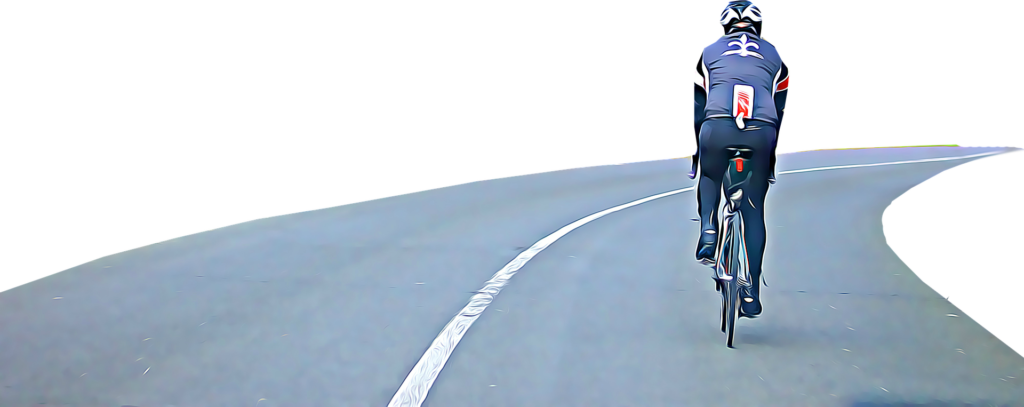Bart Haynes here in sunny San Diego, continuing my series staying healthy and happy while riding during peak cycling season.
Knee Pain is Paradoxical with Cycling
Cycling has a rather paradoxical relationship with our knees: on the one hand, it’s one of the primary prescriptions for people rehabbing injuries, staying shape as they get older, and having a high quality/low impact exercise regimen. Having had knee replacements myself (both knees) I can say that riding has allowed my to stay very fit.
On the other hand, a lot of cycling can lead to some rather uncomfortable knee pain. If you are a seasoned cyclists, then you have likely experience knee pain. Let’s look at three main reasons why we get knee pain while riding and what you can do to avoid it.
Improperly Fitted Cleats While Riding
Usually, knee pain in cyclists develop from improperly fitted cleats. Improperly fitted cleats can be:
- Cleats that are too big/small
- Cleats whose mount is too far forward or too far back
- Cleats that are fitted to rotate too far in or out
In all of these scenarios, the outcome is that your leg stroke is unnatural and stresses the knee joint. You can avoid this by having your cleats fitted by a professional, like specialist at a bike shop. The bonus with this is that you will get more power out of your strokes with properly positions cleats.
Riding in Too Low of Gears
You can also get knee pain by riding too much in low gears. When you ride in gears that are low, you use much more of your body muscle and joints to rotate your petals, as opposed to riding in higher gears which provide more cardiovascular work.
As someone who naturally likes to ride in lower gears, I periodically have some pain because I am not being conscious about my rpm. Ideal rotations per minutefor your cadence should fall somewhere between 70-100 rpms, though I like to stick around 60 and that works for me – the point is start in the 70-100 range and scale back if you can do so comfortably.
Saddle too High or Low
Lastly, having your saddle positioned too high or too low can also cause knee pain. The reason is because:
- If your saddle is too high you have to extend your foot to petal, which leads to stress on the knee joint
- If your saddle is too low, you never get to fully extend your leg, which can lead to discomfort in the knee
Here’s an excellent calculator you can useto see how high your saddle should be.

Thank you so much for following along! Happy cycling.
-Barton Haynes
